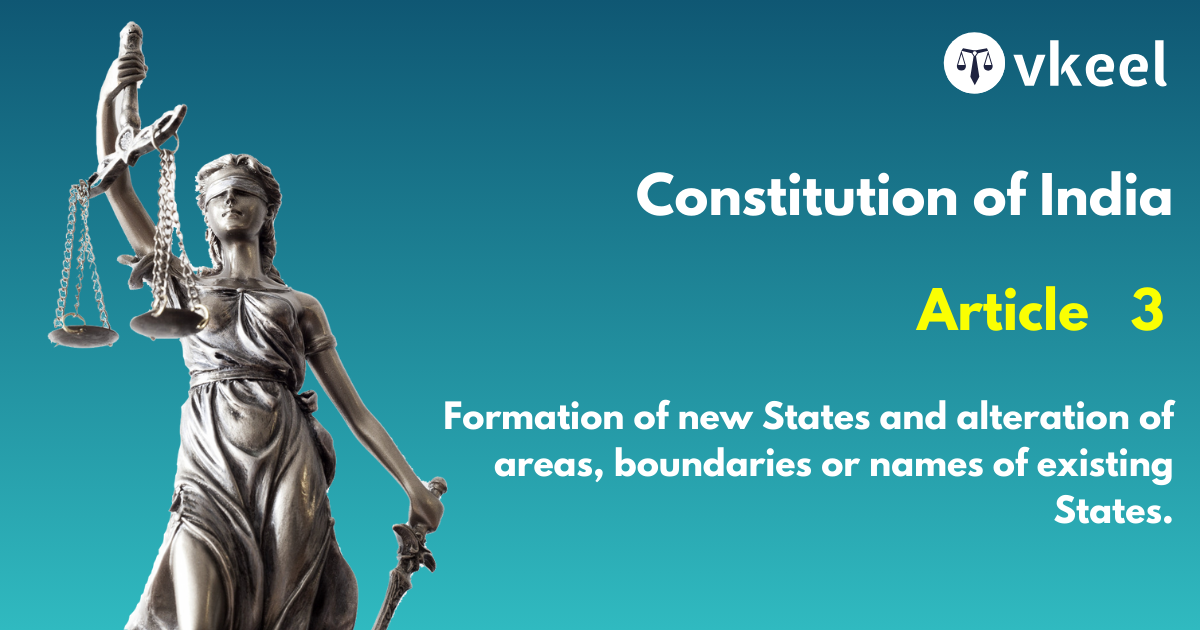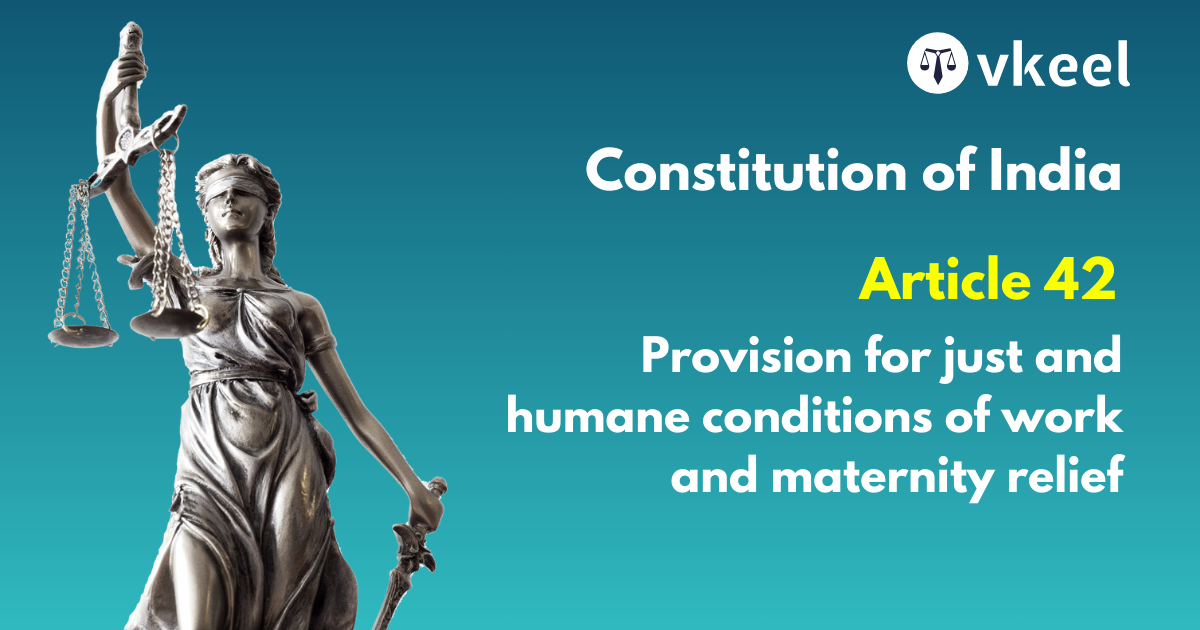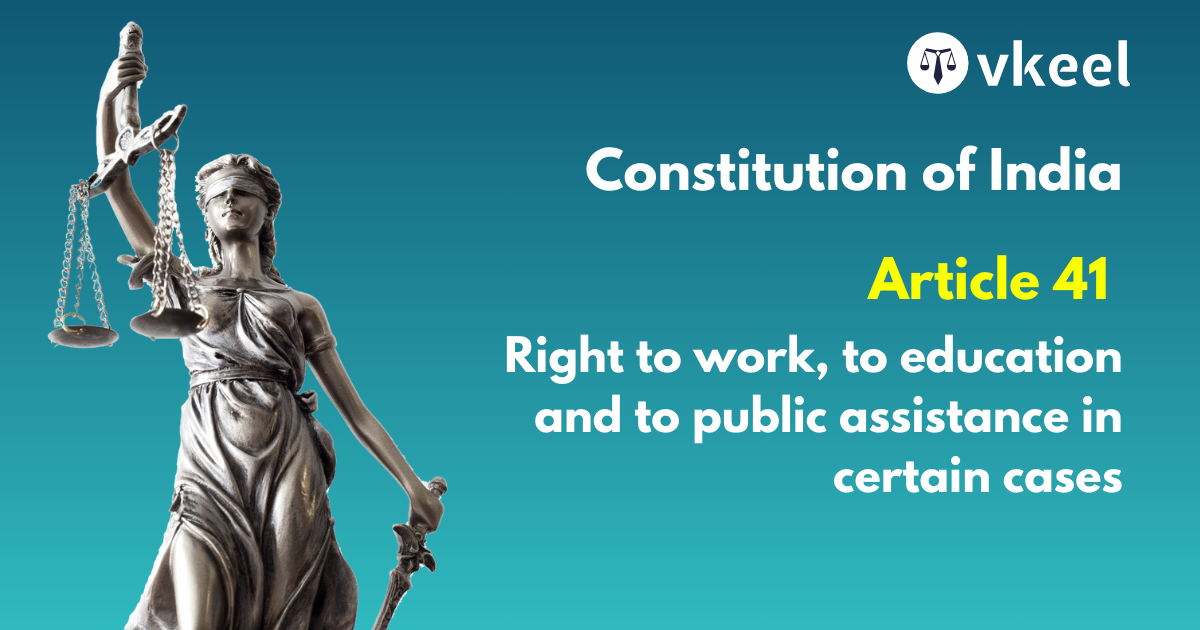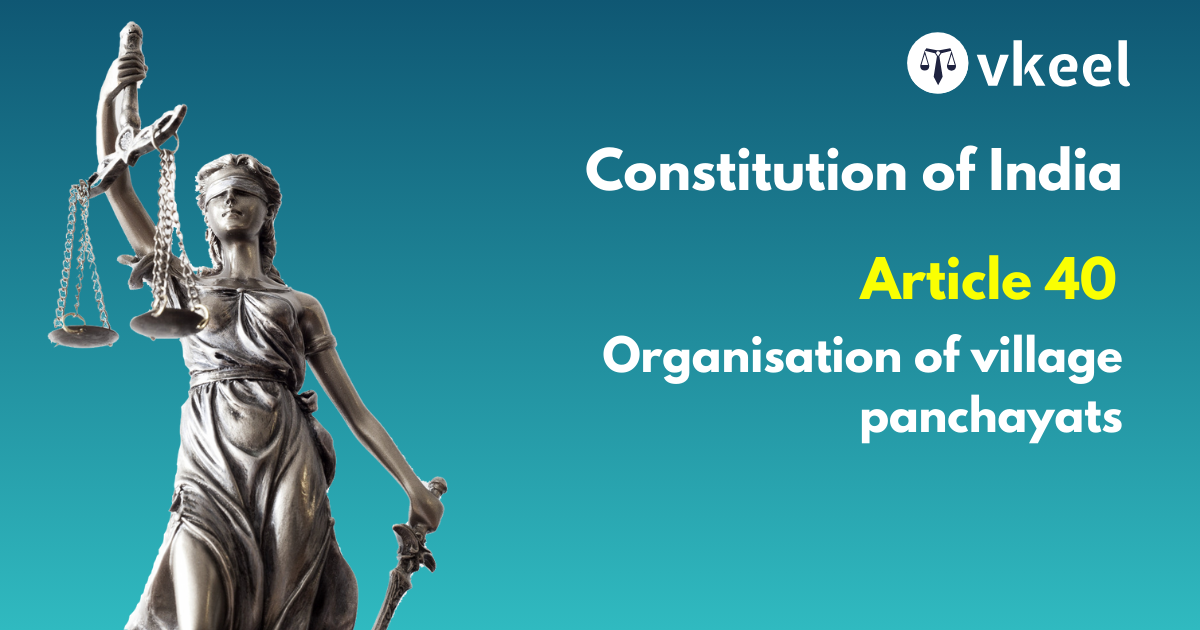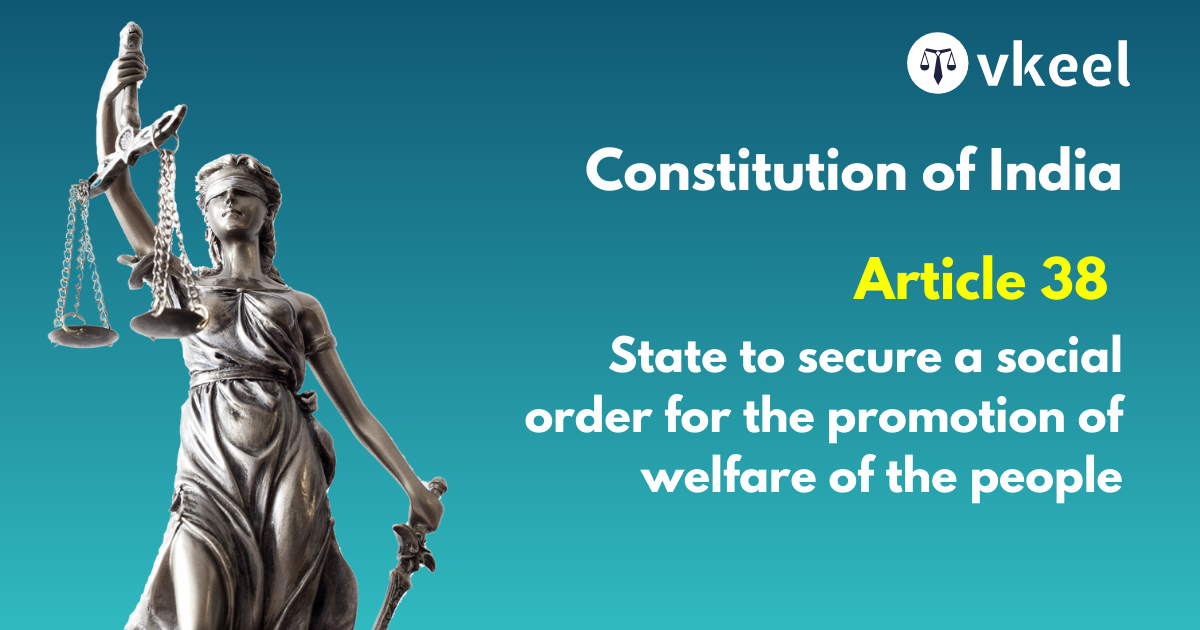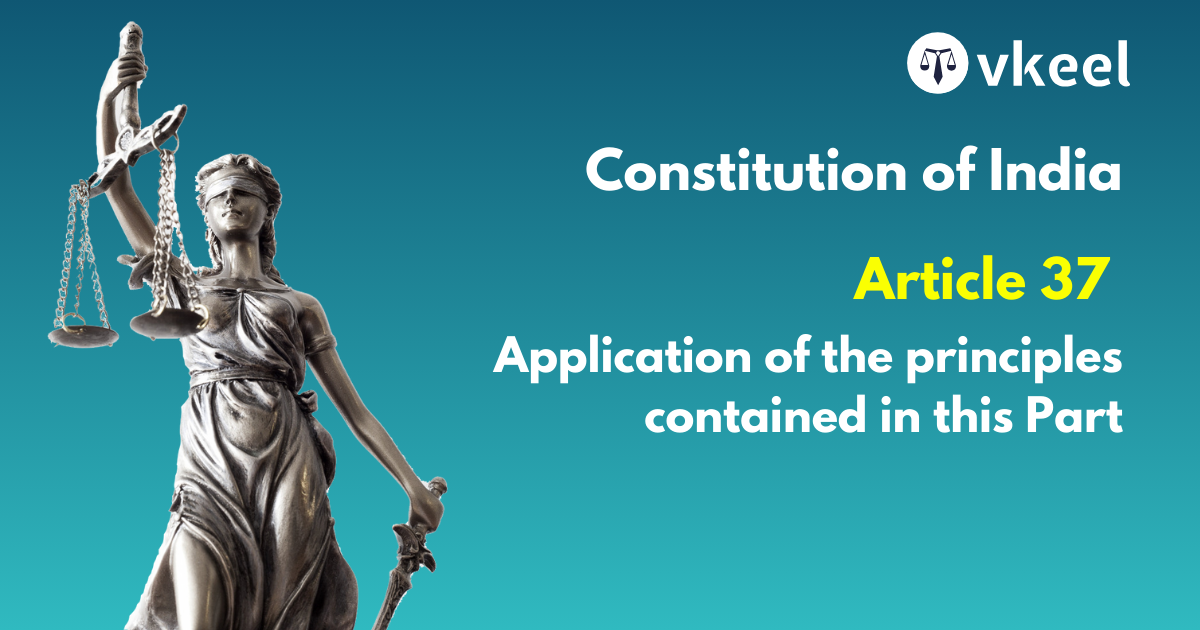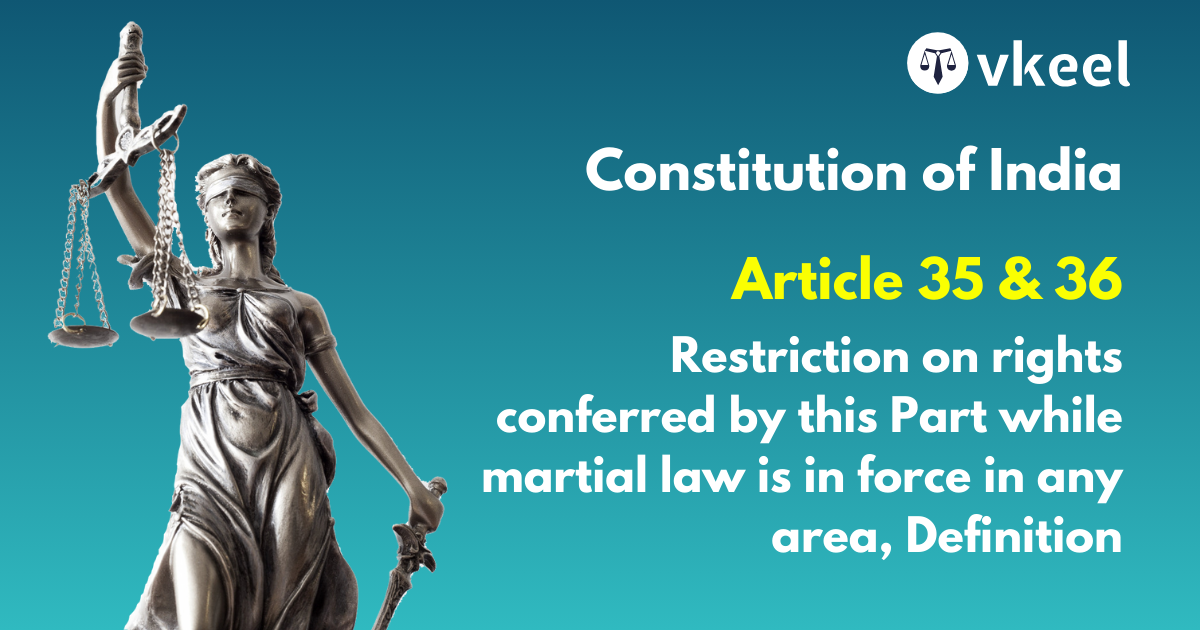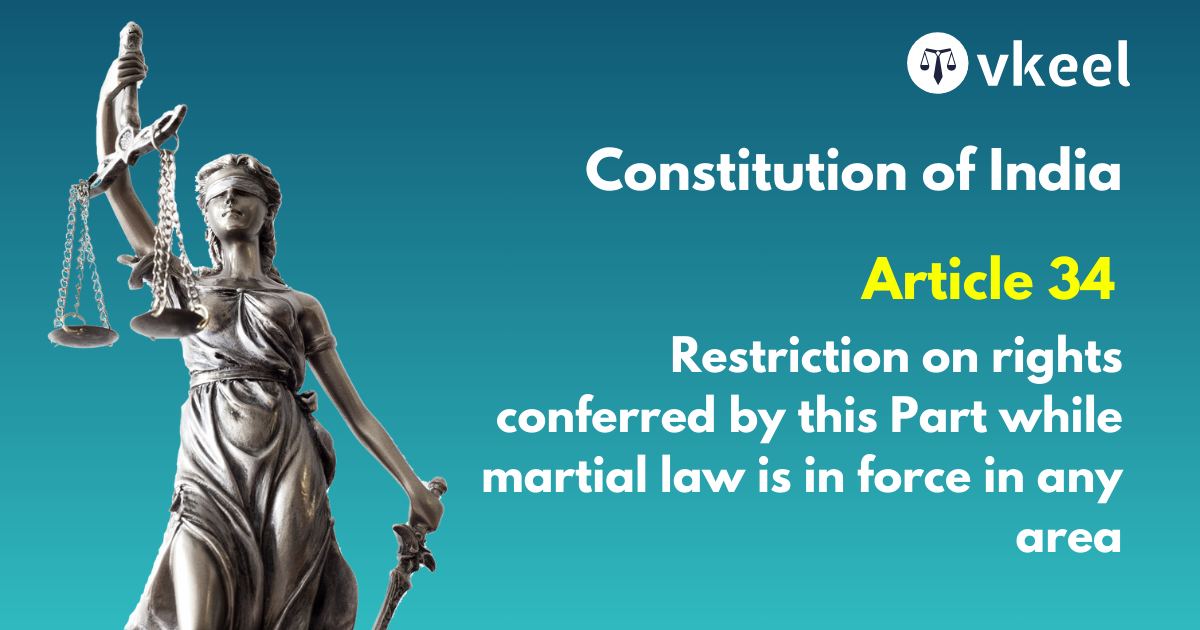Article 3 Constitution of India – Formation of new States and alteration of areas, boundaries or names of existing States
By Vanshika Saini
Table of Contents
Introduction
The most lucid and comprehensible way of defining the mechanism of India can be thoroughly untangled under the prospect of Article 3, describing India as ‘an indestructible union of destructible states.’
Parliament possesses the utmost authority to alter any territory or state without any sanction or concurrence by the particular states, therefore the political map of India can be reconstructed according to the will or subjectivity of the Parliament.
The constitution of India does not guarantee any sort of territorial integrity of any existing state due to the dynamic nature of the Constitution that promises to maintain and pay reverence to the religious and cultural affiliations of individuals residing in India.
The above provision has been witnessed previously while creating the Telangana state, The Andhra Pradesh reorganization bill of 2013 was discarded by the respective state’s legislative assembly and council but still it did not prevent the Parliament from transcending and passing the Andhra Pradesh Reorganization Act of 2014.
Article 3
Formation of new States and alteration of areas, boundaries or names of existing States.—Parliament may by law—
(a) form a new State by separation of territory from any State or by uniting two or more States or parts of States or by uniting any territory to a part of any State;
(b) increase the area of any State;
(c) diminish the area of any State;
(d) alter the boundaries of any State;
(e) alter the name of any State:
Provided that no Bill for the purpose shall be introduced in either House of Parliament except on the recommendation of the President and unless, where the proposal contained in the Bill affects the area, boundaries or name of any of the States
The Bill has been referred by the President to the Legislature of that State for expressing its views thereon within such period as may be specified in the reference or within such further period as the President may allow and the period so specified or allowed has expired.
Explanation I.—In this article, in clauses (a) to (e), “State” includes a Union territory, but in the proviso, “State” does not include a Union territory.
Explanation II.—The power conferred on Parliament by clause (a) includes the power to form a new State or Union territory by uniting a part of any State or Union territory to any other State or Union territory.
Landmark Judgements and Amendments
In Berubari Union and Others 1960, the issue arose whether the Parliament has the right to integrate any province of India to any foreign country.
The government decided to cede the region of Berubari in west Bengal to Pakistan initiating a controversy which reinforced a need to take a reference under the Presidential superiority under Article 143.
The apex court upheld that the Constitution of India does not permit the Parliament to cede any Indian territory or province to a foreign domain.
Henceforth, the 9th constitutional Amendment was inculcated in 1960 itself to promote the transfer and the Supreme Court ruled in 1969 that a Constitutional Amendment is not required in arbitrating disputes with other country and this can be successfully achieved through the action of the executive.
The apex court also stated that if the executive decides to integrate any territory, the Parliament is obliged to bring in an amendment to carry out the action legitimately. Similarly In Haji Abdul Gani Khan vs Union of India, the petitioners challenged the Delimitation Act 2002, for the state of Jammu and Kashmir.
The Supreme Court in the respective case clarified the ambit of Article 3 and the court upheld that the particular article 3 of the Indian Constitution is applicable to both state and union territories along with forming or altering names and boundaries.
Thus, in the recent times, in 2019 the state of Jammu and Kashmir was reorganized and the status of Ladakh, Jammu and Kashmir is now recognised as a union territory, eventually the special status was discarded, the state observed a split and the entities are treated separately until present. ‘
Lastly in Babulal Parante vs State of Bombay the apex court upheld that the reconstruction of Gujarat and Maharashtra in 1960 valid and concluded that that “ the Parliament is not bound to follow the discretion of the state legislatures on the matters of state reorganization” thus, ensuring an enduring flexibility imparted to the Union.
Impact of Article 3
The state of Madras was reconstructed on the basis of linguistics , the boundaries of South Canara, Udupi and Bellary were bifurcated to Mysore from Madras under the State reorganization Act of 1956.
Considering the socio-economic conditions of the north eastern states, an act was passed in 1971 which eventually led to the formation of Tripura, Meghalaya and Manipur thus redefining and restructuring the boundaries of Nagaland and Assam .
Similarly, in the year 2000, the states spread to larger areas like Uttar Pradesh, Bihar and Madhya Pradesh suffered a split thus creating Uttarakhand, Chhattisgarh and Jharkhand.
The above changes reflect a state of dynamism experienced under the Federal structure of India.
Conclusion
The principles of democracy and unity is evident through the commendable working of the state government by certain state reorganizations permissible under the pillar of Article 3, restructuring efficiency of the administration and empowerment of variant identities.
With the growing demand of new territories and states the relevance of Article 3 will continue to exhibit a greater foothold to endure and adapt to the diverse and distinct texture of identities existing in India.
Disclaimer:
The information provided in the article is for general informational purposes only, and is not intended to constitute legal advice or to be relied upon as a substitute for legal advice. Furthermore, any information contained in the article is not guaranteed to be current, complete or accurate. If you require legal advice or representation, you should contact an attorney or law firm directly. We are not responsible for any damages resulting from any reliance on the content of this website.

